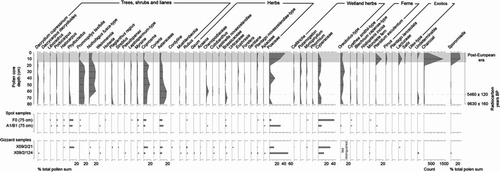Figures & data
Figure 1 Location of fossil deposits in the South Island discussed in this paper, and location of the Late Glacial Glencrieff miring bone deposit in North Canterbury, South Island, New Zealand (insert).
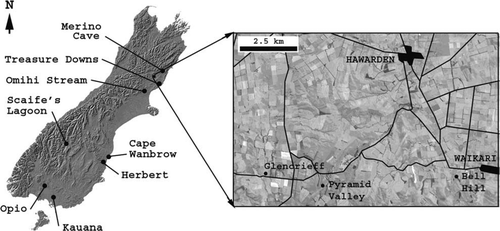
Table 1 A summary of moa specimens excavated from Glencrieff in all known excavations.
Figure 2 Articulated pelvis, ribs, and associated vertebrae, sternum and gizzard contents of an eastern moa (Emeus crassus (Owen, 1846)), Glencreiff, 2007. Lens cap diameter is 58 mm. Note the weathered appearance of the pelvis from this relatively shallow part of the deposit and abundant roots of poplars (Populus Linneaus 1753).
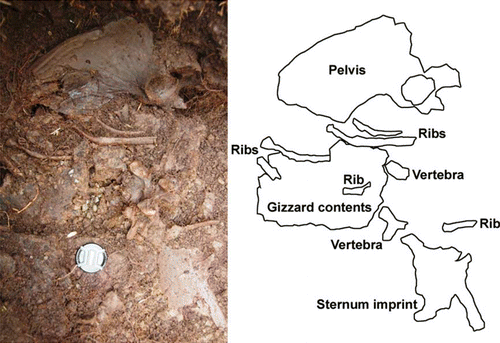
Table 2 List of non-moa bird specimens excavated from Glencrieff, 2007.
Figure 3 Relationship of radiocarbon age (± 1 SD) to excavation depth for dated moa bones at Glencrieff. Numbers refer to museum accession numbers (), except NZA4162, which refers to the Rafter Radiocarbon Laboratory number because there is no accessioned material for this bone. Preparations under Prep Code are: ABA, acid base acid collagen preparation, used by Worthy and Holdaway (Citation1996); UF1, ultrafiltration with Eezi and Vivaspin filters, stepped-combustion with silver wire; UF2, ultrafiltration with Vivaspin filters, combustion with silver powder, contaminated iron catalyst; UF3, ultrafiltration with Vivaspin filters, combustion with silver powder, modern 14C-free iron catalyst.
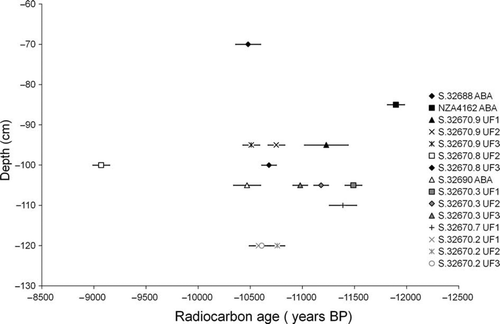
Table 3 Determining the age range of moa bones excavated from Glencrieff by Worthy and Holdaway (Citation1996).
Figure 4 In situ heavy-footed moa (Pachyornis elephantopus (Owen, 1856)) gizzard contents resting between the rib cage and sternum. Between the sternum and gizzard was a matted layer of grass material.
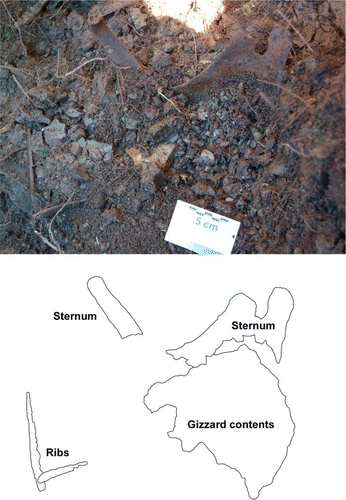
Figure 5 Pollen diagram for sediment core, spot samples (raw data from Appendix 6 in Worthy & Holdaway Citation1996), and sediment samples taken from around concentrations of moa gizzard stones, Glencrieff. * denotes trace values (< 1%). Taxonomic names follow the International Plant Names Index (Citation2010). The grey shaded zone at the top of the figure represents the post-European era.
